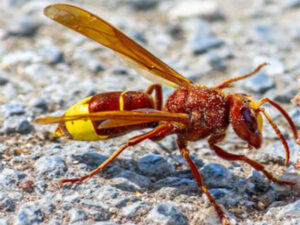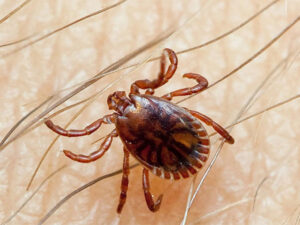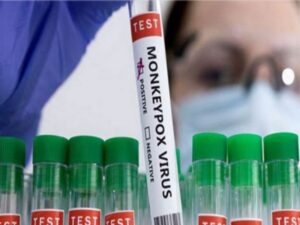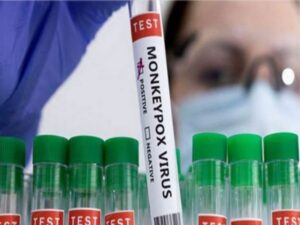
Washington [US], July 6 (ANI): New research revealed that one of the major issues faced by modern medicine is the treatment of crippling hereditary illnesses. The introduction of CRISPR technology and advances in genetics research over the past ten years have given patients and their families new hope, yet the safety of these novel techniques still raises serious concern. The findings of the research were published in the journal Science Advances.
A team of biologists from the University of California, San Diego, including postdoctoral researcher Sitara Roy, expert Annabel Guichard, and professor Ethan Bier have described a novel, safer method that may one day be used to fix genetic flaws. Their approach, which makes use of the body’s built-in DNA repair mechanisms, lays the groundwork for cutting-edge gene therapy approaches that have the potential to treat a wide range of genetic disorders.
“The healthy variant can be used by the cell’s repair machinery to correct the defective mutation after cutting the mutant DNA,” said Guichard, the senior author of the study, “Remarkably, this can be achieved even more efficiently by a simple harmless nick.”
Working in fruit flies, the researchers designed mutants permitting visualization of such “homologous chromosome-templated repair,” or HTR, by the production of pigments in their eyes. Such mutants initially featured entirely white eyes. But when the same flies expressed CRISPR components (a guide RNA plus Cas9), they displayed large red patches across their eyes, a sign that the cell’s DNA repair machinery had succeeded in reversing the mutation using the functional DNA from the other chromosome.
They then tested their new system with Cas9 variants known as “nickases” that targeted just one strand of DNA instead of both. Surprisingly, the authors found that such nicks also gave rise to high-level restoration of red eye color nearly on par with normal (non-mutated) healthy flies. They found a 50-70% repair success rate with the nickase compared with just 20-30% in dual-strand cutting Cas9, which also generates frequent mutations and targets other sites throughout the genome (so-called off-target mutations). “I could not believe how well the nickase worked — it was completely unanticipated,” said Roy, the lead author of the study. The versatility of the new system could serve as a model for fixing genetic mutations in mammals, the researchers noted.
“We don’t know yet how this process will translate to human cells and if we can apply it to any gene,” said Guichard. “Some adjustment may be needed to obtain efficient HTR for disease-causing mutations carried by human chromosomes.”
The new research extends the group’s previous achievements in precision-editing with “allelic-drives,” which expand on principles of gene-drives with a guide RNA that directs the CRISPR system to cut undesired variants of a gene and replace them with a preferred version of the gene.
A key feature of the team’s research is that their nickase-based system causes far fewer on- and off-target mutations, as is known to happen with more traditional Cas9-based CRISPR edits. They also say a slow, continuous delivery of nickase components across several days may prove more beneficial than one-time deliveries.
“Another notable advantage of this approach is its simplicity,” said Bier. “It relies on very few components and DNA nicks are ‘soft,’ unlike Cas9, which produces full DNA breaks often accompanied by mutations.”
“If the frequency of such events could be increased either by promoting interhomolog pairing or by optimizing nick-specific repair processes, such strategies could be harnessed to correct numerous dominant or trans-heterozygous disease-causing mutations,” said Roy. (ANI)



















